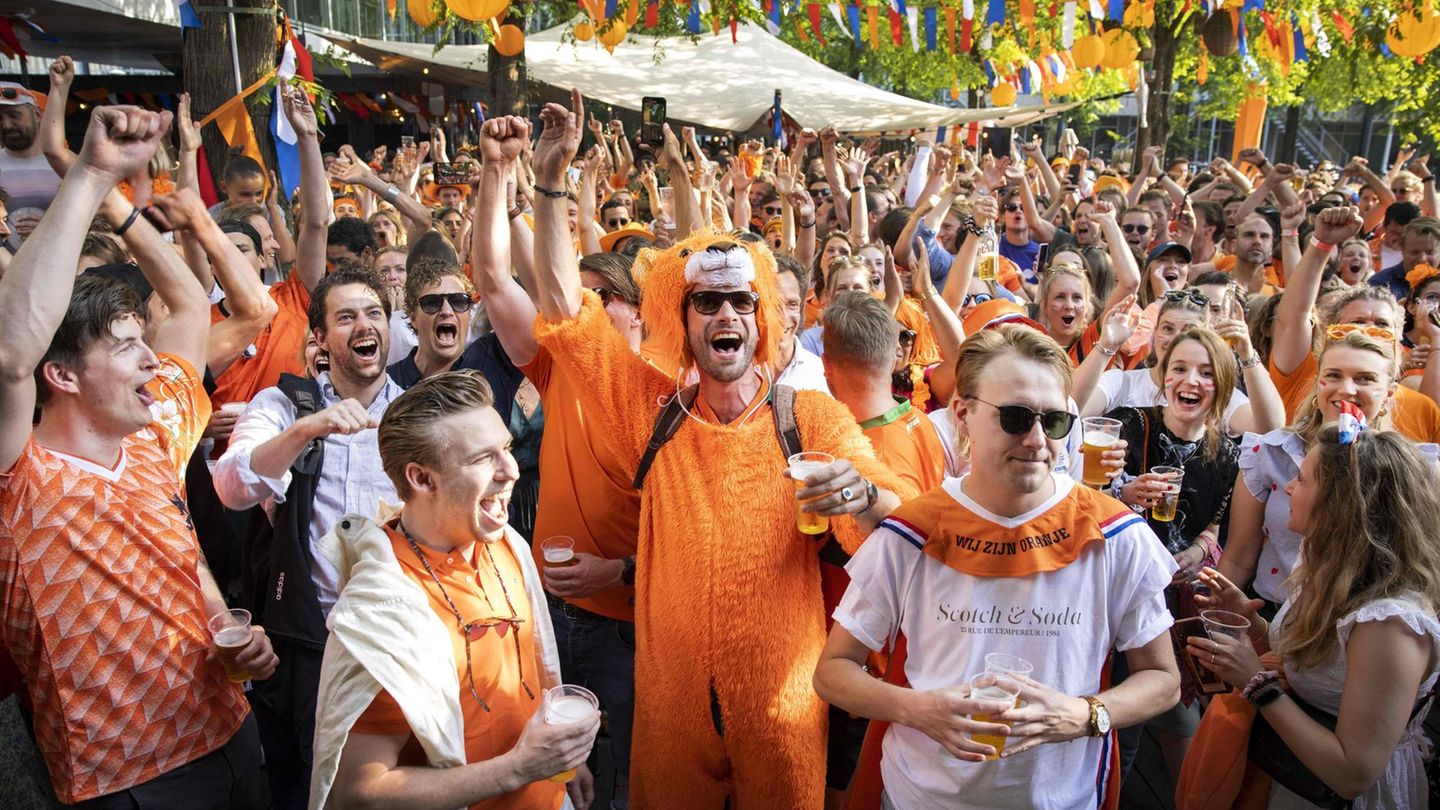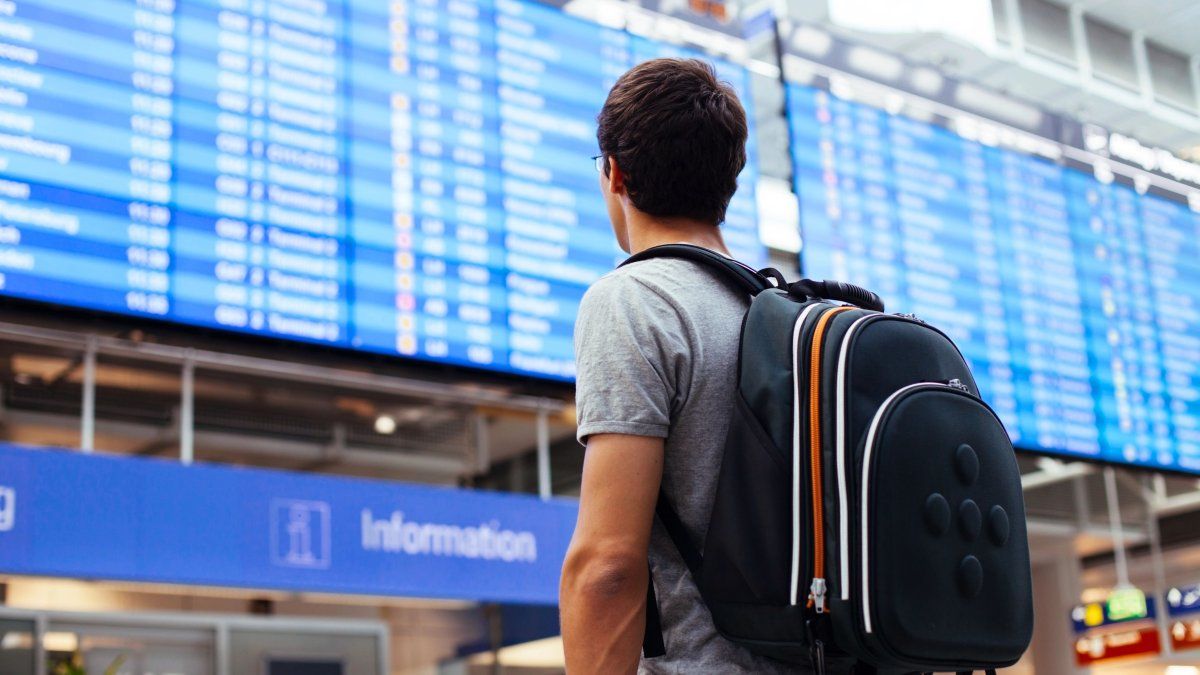The experiment went wrong. In view of the increasing number of coronavirus infections, the government of the Netherlands is withdrawing numerous easing measures. Is Germany learning from this?
The fact that in the midst of a pandemic it is not a good idea to throw almost all infection protection rules overboard is actually a rush after more than a year and a half of the coronavirus.
The last proof of this is currently provided by the Netherlands, where the number of infections is currently increasing explosively – shortly after the government decided to take far-reaching easing for the 17 million inhabitants.
Increasing numbers in the Netherlands
According to Johns Hopkins University, 10,299 new infections with the Sars Cov-2 pathogen were registered this Saturday (July 10), after 1215 on the Saturday a week before and 563 the week before. The seven-day incidence is now close to 100.
Just two weeks ago, on June 26th, the government of Prime Minister Mark Rutte had lifted almost all restrictions on public life. The number of new infections was in a week-long decline.
Masks only had to be worn if the 1.5 meter distance rule could not be adhered to, for example on public transport. The gastronomy opened again almost without restriction, and the dance floors in the clubs and discos in Amsterdam, Groningen and Eindhoven filled up again. The only rule: distance.
Critics described the easing as negligent from the start. It now looks like they were right. In a discotheque in Enschede near the German border alone, around 600 people were infected, mainly young people, although access should only be possible with a negative test result.
After two weeks of sniffing old life, it is over again. The government is pulling the plug on the nightlife, and the rest of the gastronomy is being restricted again: discos and nightclubs will have to close again, and restaurants are only allowed to open until midnight. Live music, festivals and other major events where no safe distance can be kept are now banned again – from now on and at least until August 13th. “At the moment the infection rates are skyrocketing, mainly because of the highly contagious Delta variant,” said Prime Minister Rutte. You have “no other choice”. The government sees nightlife as the main driver of the increasing number of infections.
Coronavirus threatens the tourism industry
Containing the pandemic again is important for the country, also given the holiday season. Should the Netherlands be declared a risk area again by other countries, this could have significant consequences for the tourism industry.
According to the government, around 40 percent of the Dutch are now vaccinated against the corona virus. Two thirds have received at least one injection.
The government has been criticized more often for its handling of the pandemic, which it judged to be too loose. Among other things, she introduced a mask requirement relatively late. It was only after the pandemic threatened to get out of control that it reacted more drastically, including night curfews.
So far, almost 1.8 million coronavirus infections have been detected in the country, and around 18,000 people have died as a result of infection. For comparison: In Germany, which is almost five times the size, there have been around 3.8 million recorded infections and a good 90,000 deaths.
At least as far as the death rate is concerned, the easing in the Netherlands has so far not had any dramatic effects. They have been constant for weeks, sometimes well below ten deaths a day.
On the other side of the border, in Lower Saxony and North Rhine-Westphalia, easing has also come into force. Among other things, discos and clubs are allowed to reopen there under certain conditions. In both federal states, the number of new infections every day and the seven-day incidence have also increased recently.
,,, DPA news agency




